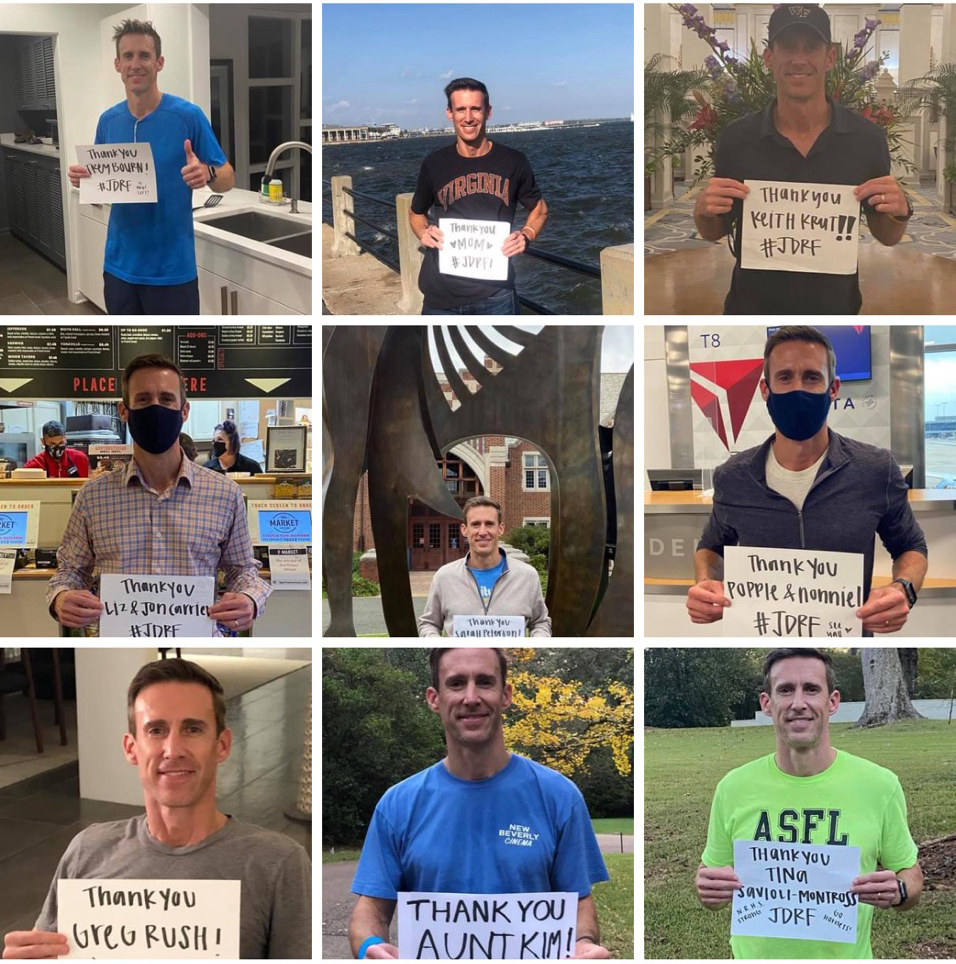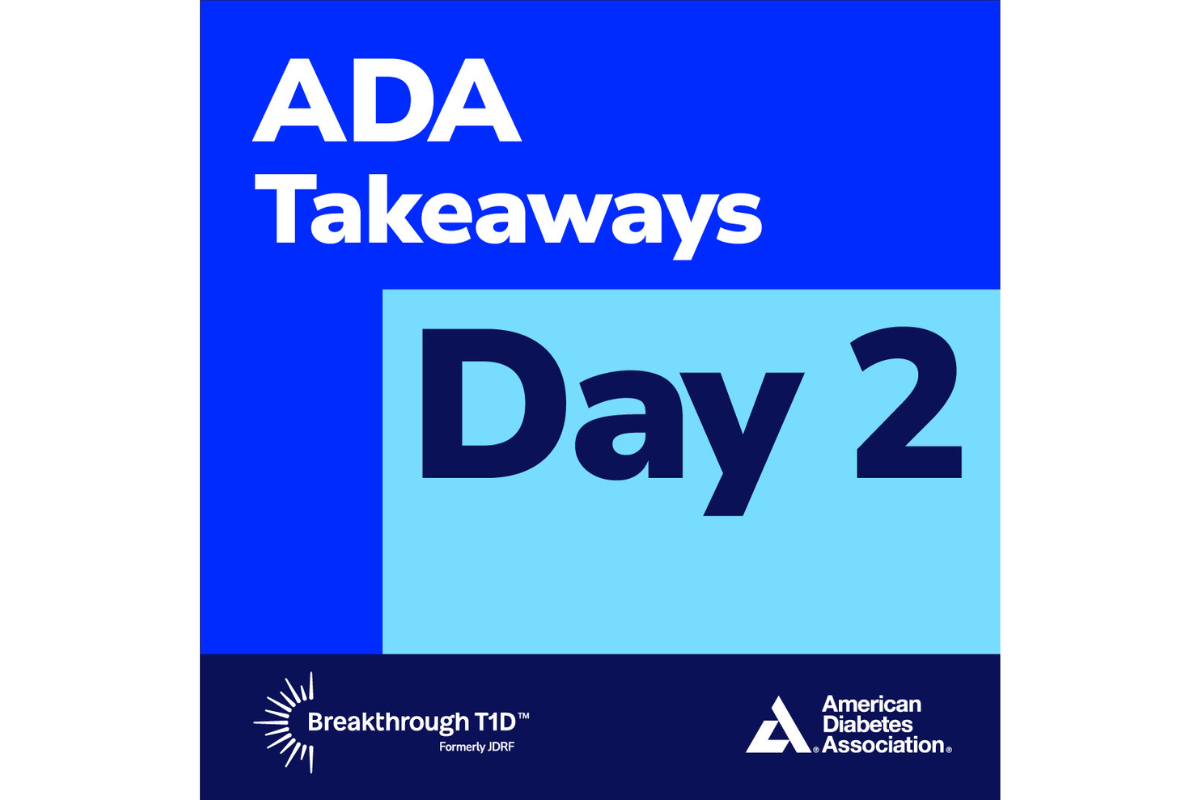By Ellie Peterson
Though I do not live with type 1 diabetes (T1D) myself, I have witnessed firsthand the strength of those who do. My mom was diagnosed with T1D as a teenager, so T1D, and later the organization Breakthrough T1D, helped shape not only my relationship with and perception of my mother but also my adolescence. By witnessing how my mom has lived and thrived with T1D, I have developed a deep respect for her and a strong attachment to Breakthrough T1D’s mission.
Something specific that sticks out to me when I think back on my childhood in relation to my mom’s T1D is how safe she made it feel. I don’t have any memory of being scared for her, though I know she experienced health scares throughout my childhood. She would always reassure me that the finger pricks didn’t hurt, and I remember having a strange affinity for the glucose tablets that I would take alongside her in the car when she was low. I remember her explaining T1D to me as a kid in a way that was simple and age-appropriate, leading me to view it as merely a part of her life. I knew T1D as something that was a part of who she was but not something that limited or defined her.
Though my mom is extremely independent, I think her T1D invited a certain level of vulnerability that allowed us to become closer. I learned empathy and understanding and the ability to see and respect resilience, all of which I value deeply and will carry with me throughout my life.
Even in moments of struggle, my mom shielded my siblings and me from worrying excessively. She was able to admirably balance her health with raising three kids in a way that equally educated us and aimed to protect us from concern. She juggled medical implications, dietary considerations, and blood-sugar scares with grace. As an adult who now understands more clearly the complexities and daily struggles that come with having T1D, my respect and admiration for my mother have grown.
I also want to acknowledge that my mom has had the great privilege of an amazing and supportive network through Breakthrough T1D that provided not only community but also technology that has directly improved her quality of life. My mom was also fortunate to have extremely supportive and dedicated parents, who, shortly after my mom’s diagnosis, co-founded the Mississippi chapter and have been dedicated advocates for Breakthrough T1D’s mission since.

A heartwarming memory that I have to mention when discussing familial support is one of my dad. In my senior year of high school, my dad ran 268 miles between September and October to raise money for Breakthrough T1D before the annual Walk. He had me make custom signs to thank each donor (pictured at left). His love and support of both my mom and Breakthrough T1D are so inspiring to me and speak not only to his dedication and respect for my mom but also to the community Breakthrough T1D provides.
As I enter into adulthood and begin my internship at Breakthrough T1D this summer, I carry with me the respect and admiration I have for my mom and the organization Breakthrough T1D itself. Her journey with T1D, her strength, and her outlook on life have shaped me into the person I am today.



